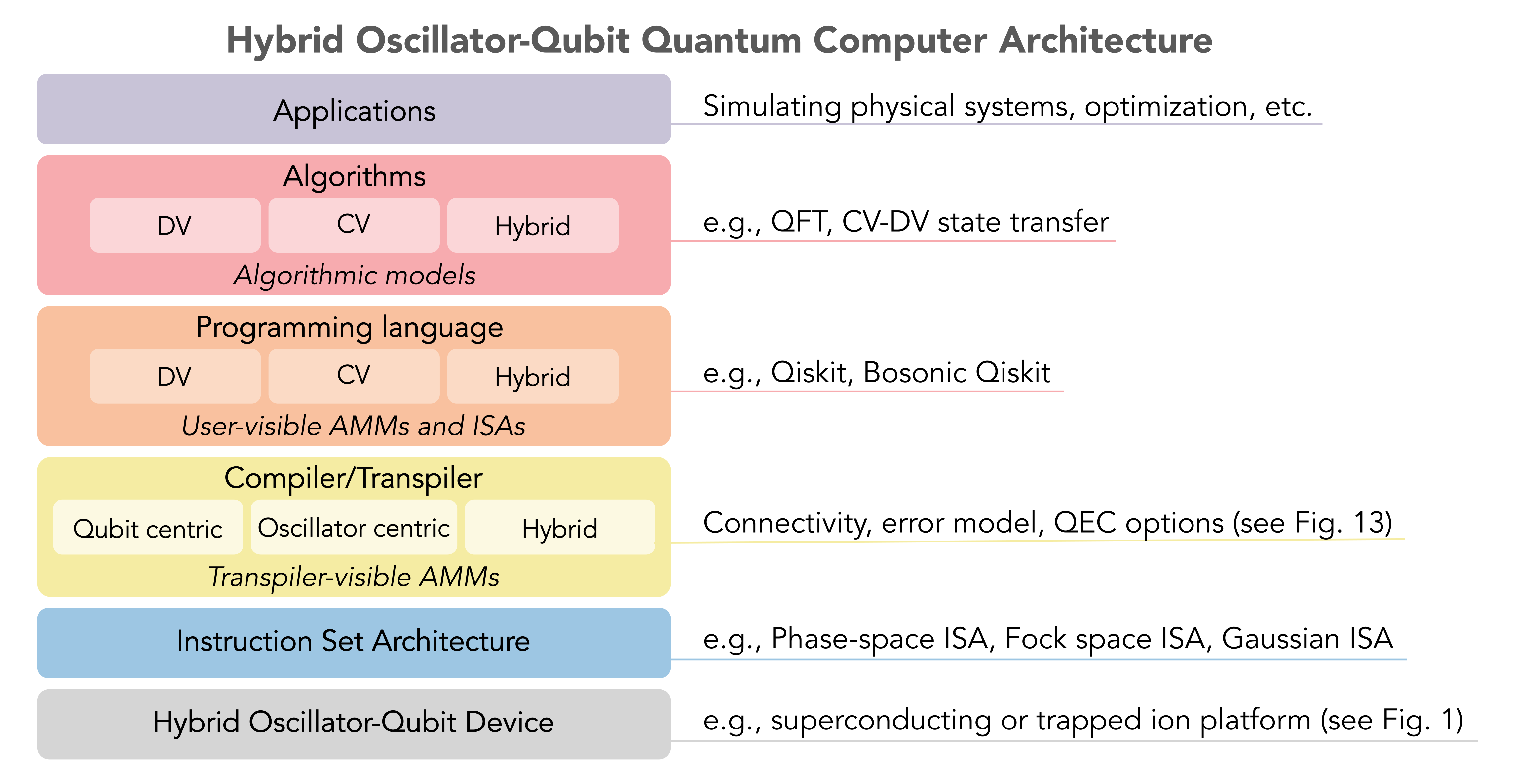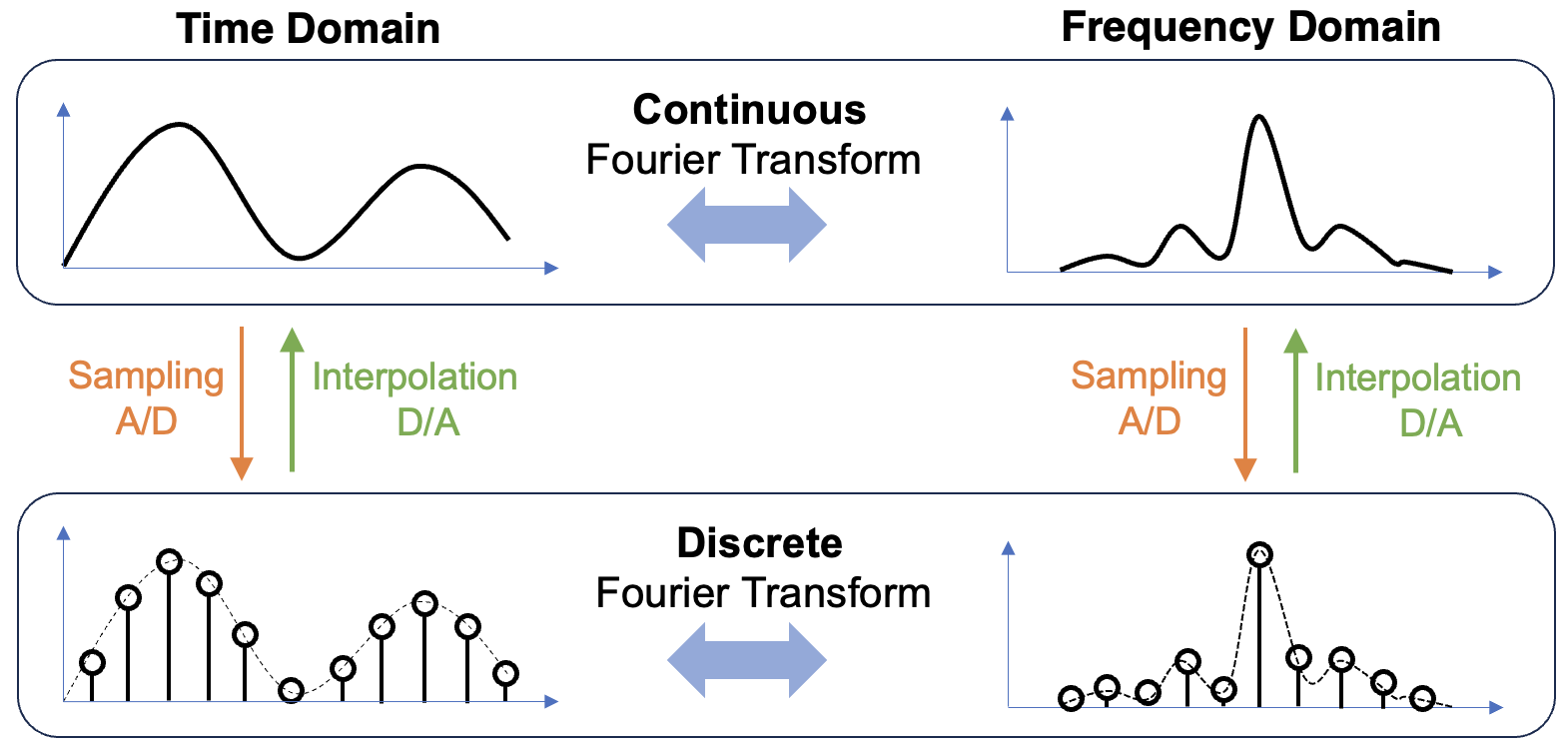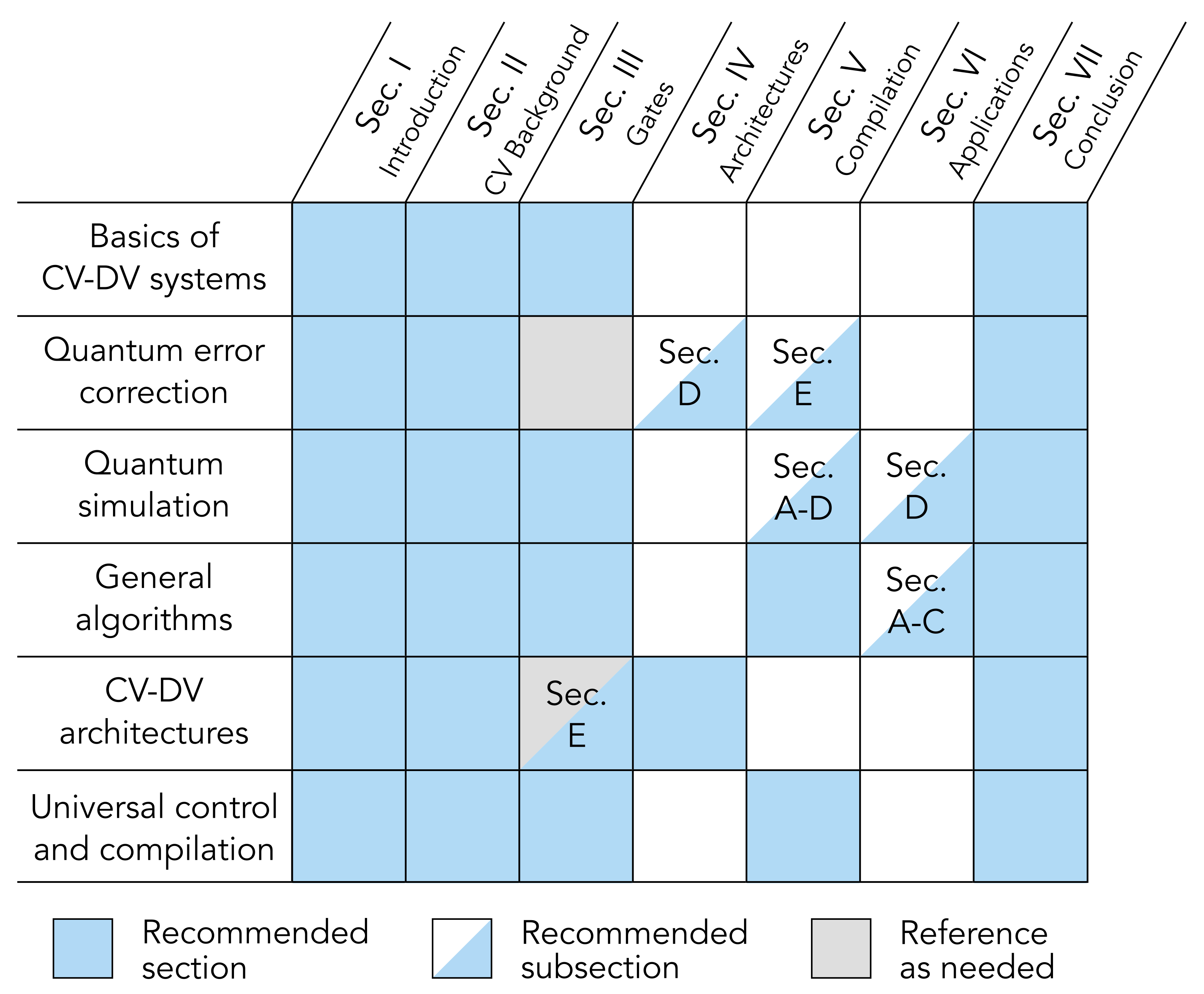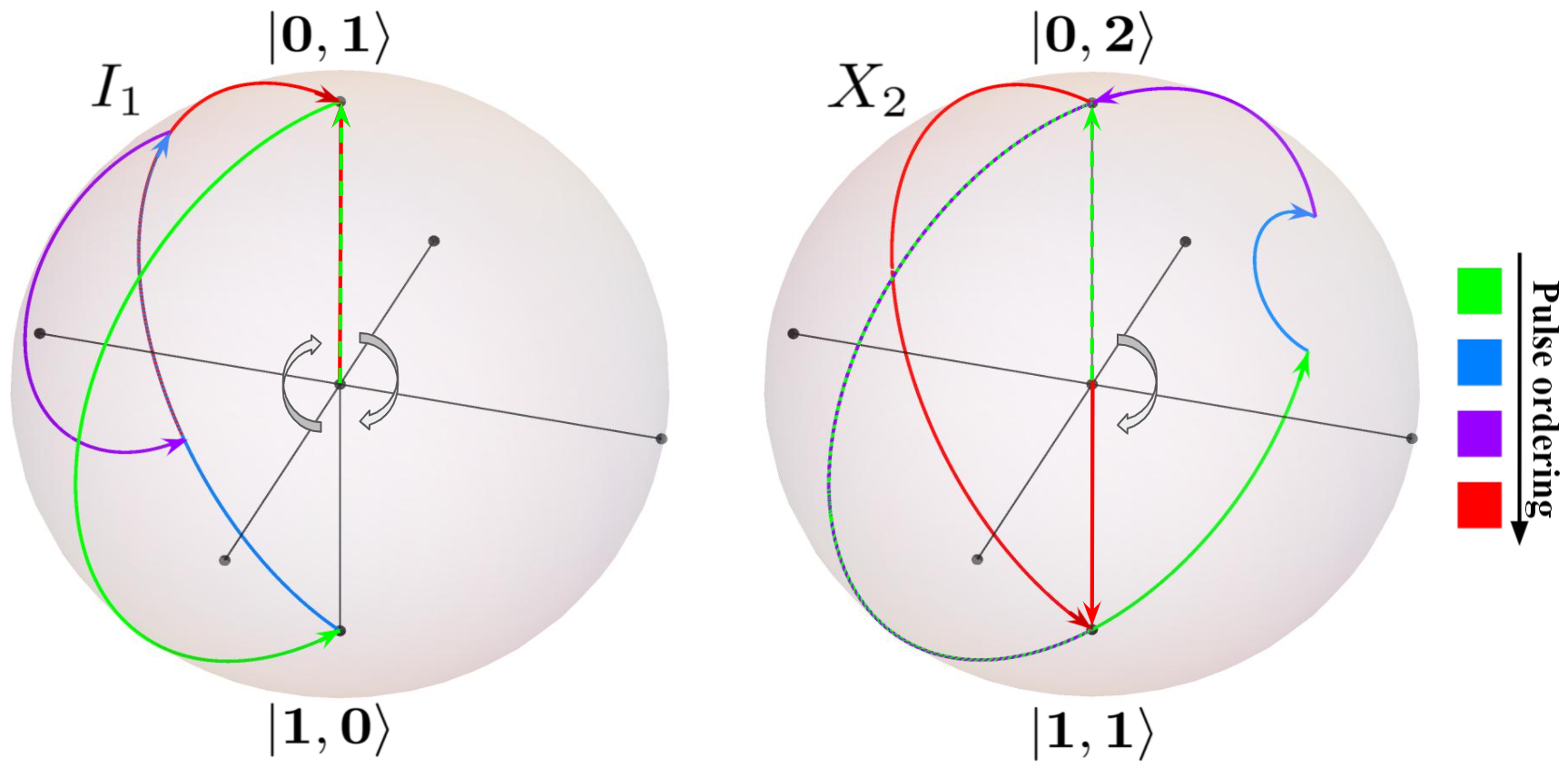Hybrid Continuous-Discrete Variable Quantum Computing
Conventionally, quantum information science studies the control of discrete-variable (DV) systems such as qubits. Continuous-variable (CV) systems such as bosonic modes are ubiquitous in Nature (such as molecular vibrations, phonons in solid materials, photons in optics) and yet much less is known on how to control and utilize them. We develop full-stack theories, algorithms, protocols, and architectures to simultaneously manipulate multiple bosonic modes and qubits to fully unleash the potential of hybrid CV-DV quantum computing for various applications.
Qubit-Oscillator Qudit
Bosonic modes (quantum harmonic oscillators) provide vast hardware-efficient quantum resources because even a single bosonic mode can be used as a multi-level quantum system. We are interested to design quantum control protocols to harnessing these continuous-variable bosonic systems for quantum computation, by constructing finite dimensional qudits from an oscillator using simple Jaynes-Cummings interactions, which is readily implementable on trapped ion quantum computers.
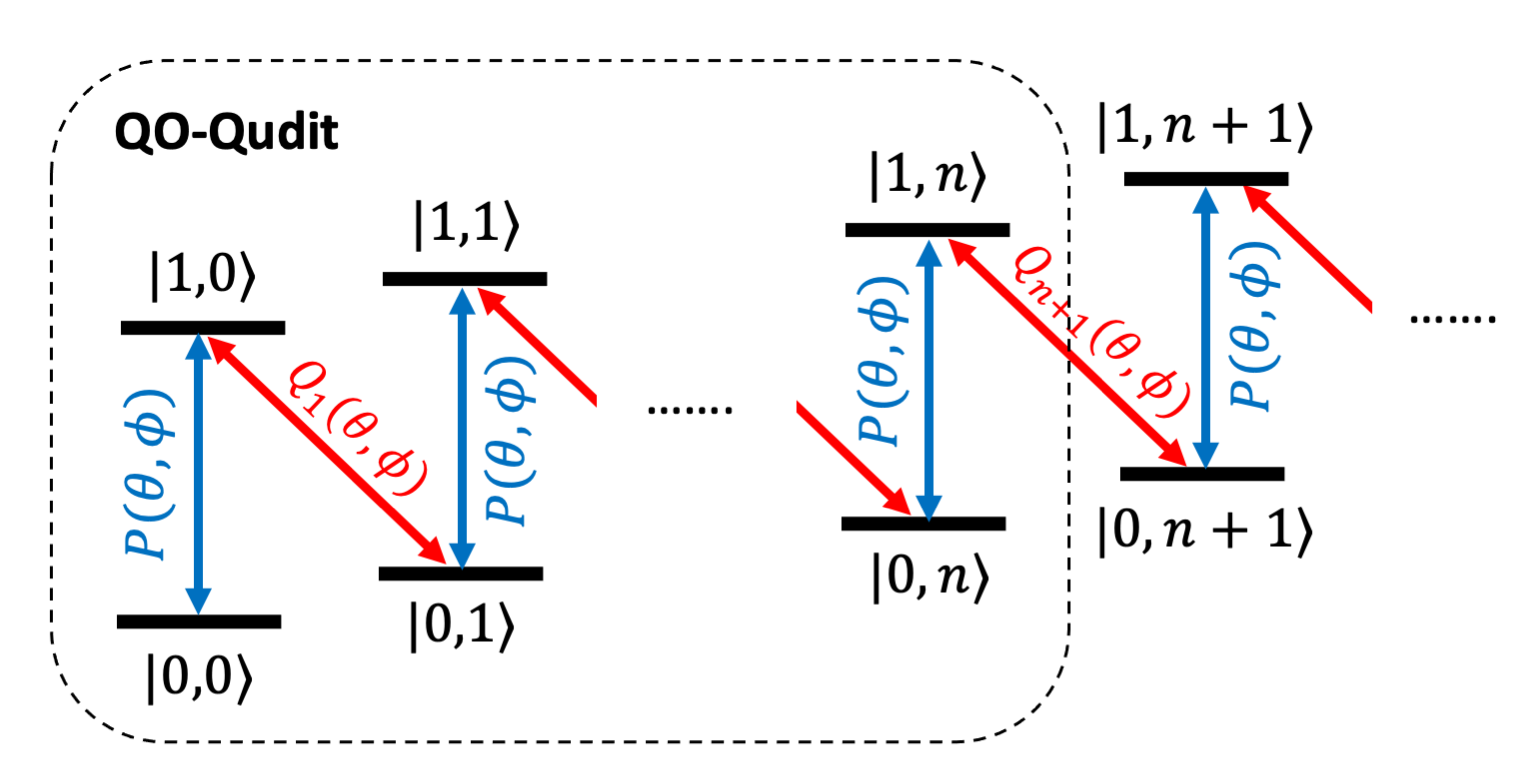
Hybrid CV-DV Quantum Algorithms
Designing better quantum algorithms has been one of the central pursuits of quantum computation. Hybrid CV-DV quantum systems provide novel playground for quantum algorithm design. We are interested in generalizing major quantum algorithmic primitives such as quantum signal processing (QSP), linear combination of unitaries (LCU), and product formulas from DV to hybrid CV-DV quantum computers. These new hybrid CV-DV quantum algorithms bring significant insights and quantum advantages to quantum computation, quantum simulation (boson-fermi mixed matter), quantum control, quantum error-correction, among many other applications.

Hybrid CV-DV Quantum Processors and Architectures
Just like quantum algorithms, hybrid CV-DV quantum processors opens a variety of possibilities for architecture and compiler design across the full quantum computing stack. We are interested in exploring new abstract machine models (AMMs) and instruction set architectures (ISAs) for these novel quantum computers.

